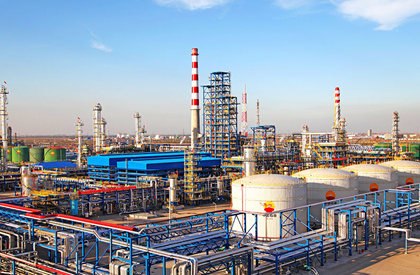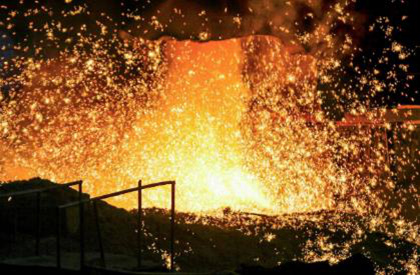03
2023-07
Application analysis of boron oxide in ceramics
source:
The thickness of the general body glaze is 0.1 cm, but after the kiln fire roasting, it is tightly attached to the porcelain, making the porcelain compact, soft luster, and impervious to water and gas, giving a bright feeling like a mirror. At the same time, it can improve the use intensity, prevent pollution, and facilitate cleaning. After high temperature, these chemical raw materials tend to be stable, so the tea machine under high temperature is harmless to the human body, and the tea machine with inferior low temperature and lead is harmful to the human body.
Effects of boron oxide on the melting temperature of glazes and glass-ceramics (including glass) :
The boron oxide (B2O3) component is one of the most effective strong fluxes. It acts as a strong flux in two ways. On the one hand, the addition of boron oxide reduces the liquidus temperature of the batching system. It has been studied that for the glass phase of borosilicate, each 1% of B2O3 can reduce the liquidus temperature to 35~60℃. The second aspect of boron oxide as a strong flux is that it accelerates and strengthens the melting process. Especially when boron oxide is less, this accelerated melting process is more significant. It has been proposed that an average of 1% B2O3 will shorten the melting time by 20% to 30%.
The effect of boron oxide on the viscosity of glazes and glass-ceramics (including glass) :
The influence of boron oxide on the viscosity of glazes and glass-ceramics varies according to the amount of boron oxide added and the temperature. In terms of the influence of temperature, generally speaking, in the low temperature range of the glass transition point to the softening point, it will not reduce the viscosity of the glass melt, and in the higher temperature range, B2O3 can always greatly reduce the viscosity of the system, even in the middle temperature range of about 1100 ° C, this effect is still more obvious. The effect of boron oxide on reducing the viscosity of the system is comparable to that of zinc oxide.
Effects of boron oxide on the melting temperature of glazes and glass-ceramics (including glass) :
The boron oxide (B2O3) component is one of the most effective strong fluxes. It acts as a strong flux in two ways. On the one hand, the addition of boron oxide reduces the liquidus temperature of the batching system. It has been studied that for the glass phase of borosilicate, each 1% of B2O3 can reduce the liquidus temperature to 35~60℃. The second aspect of boron oxide as a strong flux is that it accelerates and strengthens the melting process. Especially when boron oxide is less, this accelerated melting process is more significant. It has been proposed that an average of 1% B2O3 will shorten the melting time by 20% to 30%.
The effect of boron oxide on the viscosity of glazes and glass-ceramics (including glass) :
The influence of boron oxide on the viscosity of glazes and glass-ceramics varies according to the amount of boron oxide added and the temperature. In terms of the influence of temperature, generally speaking, in the low temperature range of the glass transition point to the softening point, it will not reduce the viscosity of the glass melt, and in the higher temperature range, B2O3 can always greatly reduce the viscosity of the system, even in the middle temperature range of about 1100 ° C, this effect is still more obvious. The effect of boron oxide on reducing the viscosity of the system is comparable to that of zinc oxide.
Recommended news
-
What are the uses of boron oxi...
Boron oxide use 1, silicate analysis in the determination of silica and alkali, blow pipe analysis, decomposition o......
-
What are the advantages of bor...
1. Effects of water: Boric acid is the hydrate of boron trioxide, and its molecular formula is H3BO3, which can be expr......




